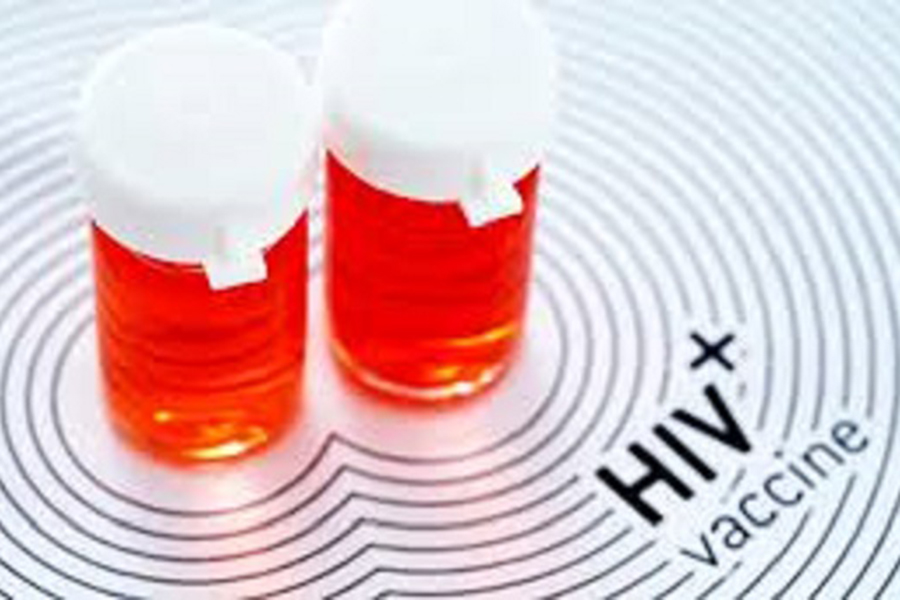December is AIDS Awareness Month, and this year researchers are offering some good news.
Three trials offer hope that a vaccine for HIV could be available in 2021. The vaccines — Imbokodo, Mosaico and HVTN 702 — are all in trial stages and giving scientists reason to believe the epidemic can be stopped.
This is “perhaps one of the most optimistic moments we have been in,” Dr. Susan Buchbinder, director of the Bridge HIV research program at the San Francisco Department of Public Health and co-chair of the Imbokodo and Mosaico trials, told NBC News.
The oldest of the three vaccines is HVTN 702, which is related to RV144, a previously tested vaccine that lowered the rate of HIV infections by 30 percent. While RV144 is the only vaccine that had any success, it still proved unreliable. Those working on HVTN 702 have taken what was successful in RV144 to create a new vaccine with more efficacy.
While HVTN 702 is limited to an HIV strain found primarily in southern Africa, Imbokodo and Mosaico are both mosaic approaches, which “induce immune responses against a wide variety of global HIV strains,” according to the National Institutes of Health.
Dr. Anthony Fauci of the National Institute of Allergy and Infectious Diseases, suggested a mosaic approach could give broader coverage than HVTN 702.
All three vaccines continue being funded, meaning efficacy advancements are expected.
Fauci said, “If one or more of these vaccines look good — have a 50 to 60 percent efficacy — I think that’s going to be the game changer for turning the epidemic around.”
While any of the vaccines could offer a solution, nothing is without its challenges.
“None of these vaccines is a particularly simple regimen,” Buchbinder told NBC. “They require multiple injections, and so each one would require a minimum of four different doses in its current configuration.”
The Philadelphia Department of Health reported that around 20,000 people are living with HIV in Philadelphia.n overwhelming 66 percent of those folks are Black. While the number of diagnoses was down slightly in 2018 compared to 2017 (424 vs. 495), the City of Brotherly Love still has a higher rate of transmission than the national average, according to the Center for Disease Control.
Men who have sex with men continue to account for the highest percentage of new transmissions (48.8), though the category did see a decrease over the last year, likely due to PrEP and PEP. Unfortunately, the rate of infection has increased for “people who inject drugs,” perhaps indicating why Safehouse, a safe-injection site, has become such an important issue in Philadelphia.
If one of these new vaccines happens to work or offers increased efficacy — if that vaccine is then offered for free or priced on a sliding scale and given to communities with the greatest need first, perhaps the LGBTQ community and the Black and Latinx communities in the U.S., along with several other communities worldwide, can begin to believe that our lives are valued by those in power.
